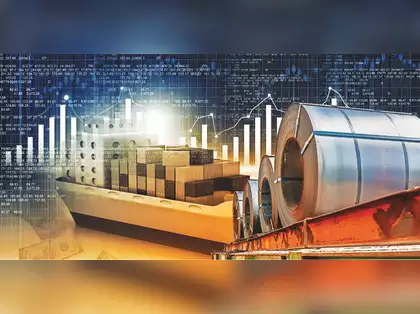
The steel industry is a cornerstone of the global economy, playing a vital role in construction, manufacturing, and numerous other sectors. However, steel sales are profoundly influenced by economic conditions. Understanding these influences is crucial for stakeholders in the steel market to navigate through both prosperous and challenging times. This comprehensive guide explores how various economic factors impact steel sales and provides insights to help industry players make informed decisions.
Economic Factors Influencing Steel Sales
-
Gross Domestic Product (GDP) Growth
GDP growth is a primary indicator of economic health. A thriving economy typically sees increased infrastructure projects and manufacturing activities, driving up the demand for steel. Conversely, during economic downturns, reduced construction and industrial activities can lead to a decline in steel sales.
Table 1: GDP Growth vs. Steel Consumption (2010-2020)
Year GDP Growth (%) Steel Consumption (Million Tons) 2010 4.5 1,400 2011 3.9 1,450 2012 2.8 1,420 2013 3.2 1,470 2014 3.5 1,490 2015 2.9 1,450 2016 2.5 1,460 2017 3.1 1,520 2018 3.6 1,550 2019 2.9 1,530 2020 -3.5 1,400 -
Industrial Production
The industrial production index (IPI) measures the output of factories, mines, and utilities. A higher IPI indicates increased production activities, which typically boosts the demand for steel. Key industries such as automotive, appliances, and machinery rely heavily on steel.
-
Construction Activity
The construction sector is one of the largest consumers of steel. Economic conditions that favor construction—such as low-interest rates and government infrastructure spending—directly enhance steel sales. Conversely, a slowdown in construction activity can significantly impact steel demand.
-
Interest Rates
Interest rates affect the cost of borrowing. Lower interest rates generally stimulate economic activities by making loans cheaper for businesses and consumers, leading to increased construction and manufacturing activities. Higher interest rates can dampen economic growth and, consequently, reduce the demand for steel.
Table 2: Interest Rates and Construction Spending (2010-2020)
Year Average Interest Rate (%) Construction Spending (Billion USD) 2010 2.5 900 2011 2.3 950 2012 2.0 1,000 2013 1.8 1,050 2014 1.6 1,100 2015 1.7 1,150 2016 1.5 1,200 2017 1.4 1,250 2018 1.8 1,300 2019 2.1 1,350 2020 1.0 1,400
Market Dynamics and Global Influences
-
Global Trade Policies
Tariffs, quotas, and trade agreements significantly impact steel sales. Protectionist policies can limit imports, benefiting domestic producers but potentially increasing prices for consumers. Conversely, free trade agreements can boost competition and lower prices.
-
Raw Material Prices
The prices of raw materials like iron ore, coal, and scrap metal influence steel production costs. Economic conditions that lead to higher raw material prices can squeeze margins for steel producers unless they can pass on these costs to consumers.
-
Technological Advancements
Technological improvements in steel production can enhance efficiency and reduce costs, influencing sales. Innovations in recycling, new alloy compositions, and production methods can also affect market dynamics.
Strategies for Navigating Economic Fluctuations
-
Diversification
Steel companies can mitigate risks by diversifying their product offerings and markets. Expanding into new regions or sectors can help buffer against local economic downturns.
-
Cost Management
Efficient cost management strategies, such as adopting advanced technologies and optimizing supply chains, can help steel companies maintain profitability during economic slowdowns.
-
Strategic Alliances
Forming alliances with suppliers, customers, and even competitors can create synergies and improve resilience against economic volatility.
Economic conditions have a profound impact on steel sales, influencing demand through various channels such as GDP growth, industrial production, and construction activities. By understanding these factors and adopting strategic measures, steel companies can better navigate the complexities of the market and ensure sustained growth.




